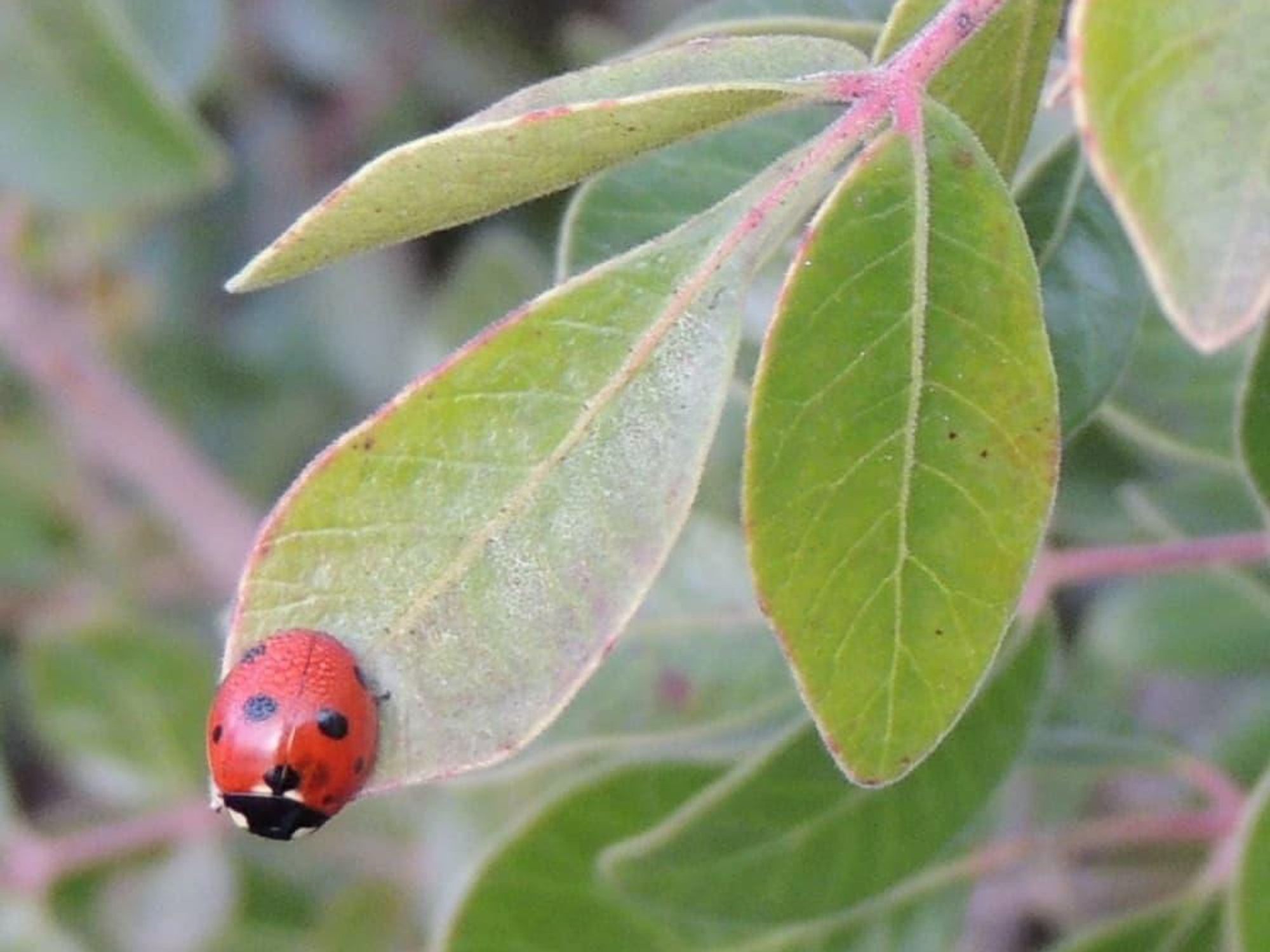Outdoors in Austin
Austin flies away with top spot among best U.S. cities for wildlife

It's no secret that Austinites treasure outdoor spaces, but we work hard to protect wildlife, too. Earlier this month, the Capital City claimed the top spot on the National Wildlife Federation’s annual list of the 10 most wildlife-friendly cities in the nation. It is the only Texas city on the list, although Houston merits an honorable mention.
The NWF’s Urban Wildlife Program chose the top 10 by analyzing America’s 100 largest cities using several important criteria for wildlife, including participation in urban wildlife programs and individual Certified Wildlife Habitats.
These properties provide all the elements wildlife needs to survive — food, water, cover, and places to raise their young — while integrating sustainable gardening practices. In total, Austin boasts a total of 2,616 certified properties, more than any other city in the country.
The program also ranked cities on the amount of parkland within their boundaries. Austin has roughly 300 park properties, including greenbelts, and about 2,200 acres designated as preserves.
As Amanda Ross, division manager for natural resources at Austin Parks and Recreation Department, explains, these are managed a bit differently in order to protect natural habitat as much as possible while also maintaining public access. “The preserve designation has been around more than 35 years,” says Ross. “Preserves are set aside specifically for environmental reasons, because they have something to protect.”
Properties with greenbelt designation also are managed in a way to keep things more natural, she adds. All of the city’s preserves have Certified Wildlife Habitat designation.
Most preserves are open to the public, although a few are accessible only through guided activities. Indiangrass Wildlife Sanctuary, 300 acres of critically endangered Blackland prairie near Decker Lake, for example, occasionally offers canoe and birding tours.
Certified properties provide wildlife with a network of patches of suitable habitat in urban and suburban areas as they become increasingly fragmented by development.
Austin is also a certified Community Wildlife Habitat, and the city promotes the creation and conservation of wildlife habitats through its Wildlife Austin program.
Residents have a part to play in making sure that Austin remains wildlife friendly — and remains at the top of the NWF list. Individuals can apply for NWF Garden for Wildlife and Certified Wildlife Habitat programs, and schools can become certified Schoolyard Habitats.
“We want everyone to enjoy parks and preserves, but do it in a way that is respectful,” says Ross. That means staying on designated trails, packing out trash, and generally leaving things the way you found them. “We hope we’re being wildlife friendly in a way that is beneficial to everybody, so people can get out and enjoy it, and animals feel safe and have what they need in the environment as well.”

 Say goodbye to 2025 and hello to 2026. austintexas.org
Say goodbye to 2025 and hello to 2026. austintexas.org